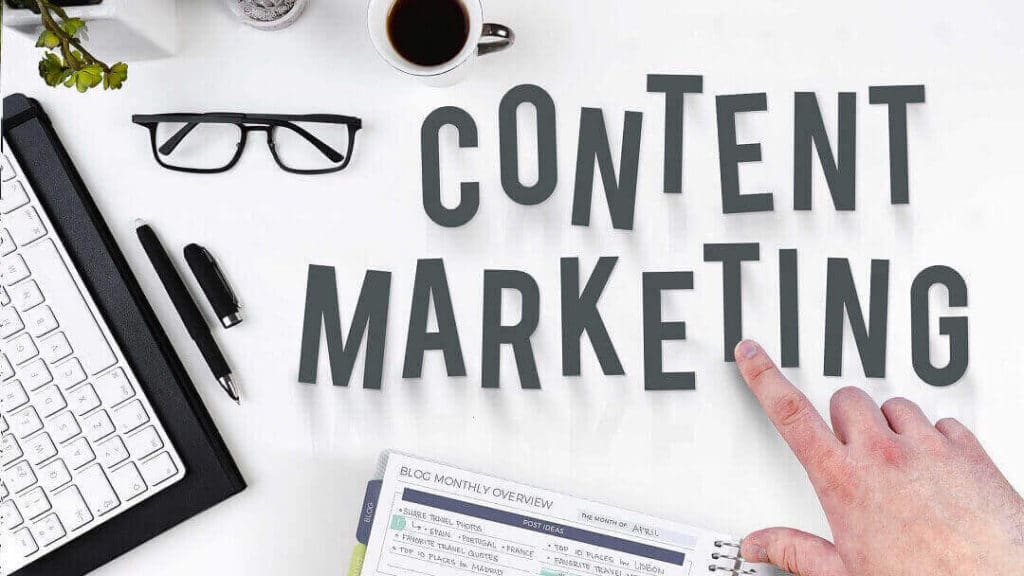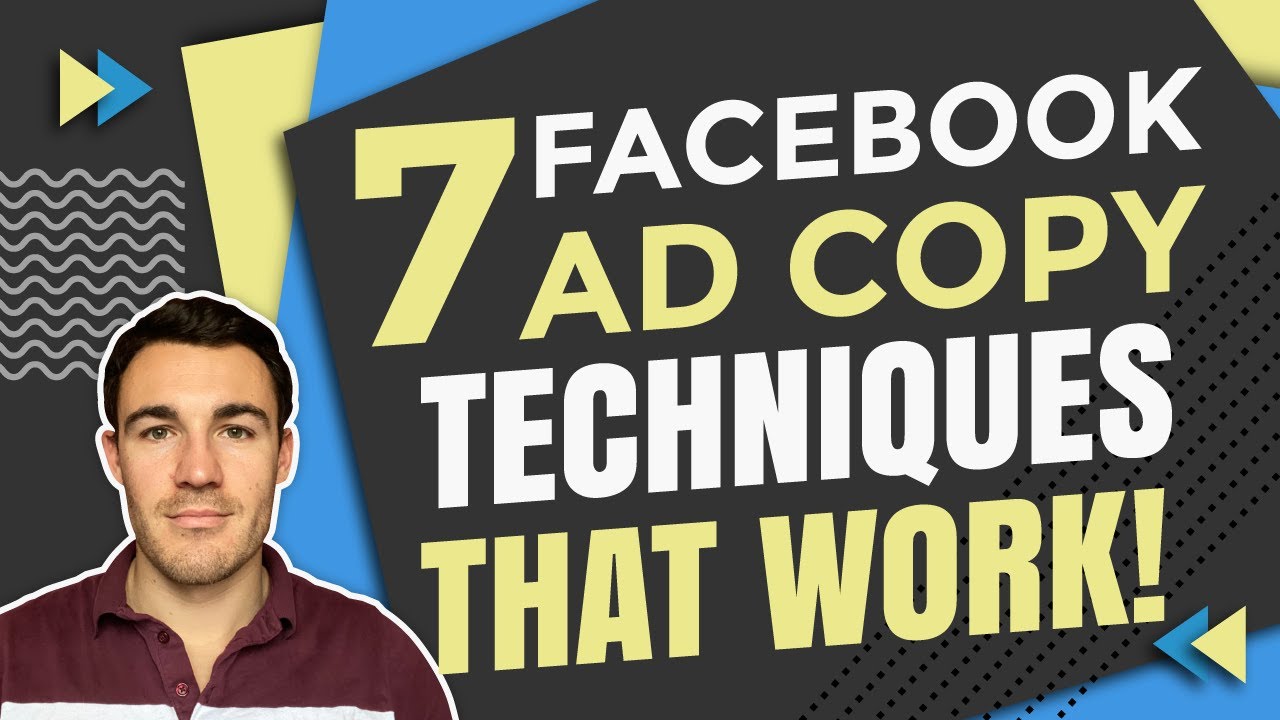
Xandra Robert-Burns decided to quit social media like Instagram, Facebook, LinkedIn, and Facebook. There are many reasons for this, but here are some. It can be hard to completely stop using social media. However, these three platforms have certain features which can make them less distracting. You can find out more about these features and how to make them work for you. If you don't use them on a daily basis, it's easy to see why.
Xandra Robinson-Burns quit social media
Xandra Robert-Burn decided last year to unplug herself from social media. She claimed she was tired from the ads and peer pressure that come with being online. She wanted meaningful connections and to put her efforts into creating them. To get closer to people, she quit Twitter, Instagram, and Facebook. She also wanted to start her own company. Robinson-Burns was accompanied by a friend who created a spreadsheet to keep track and record their exits. They also made an album for their Instagram images, which they then converted into a physical record.
LinkedIn
LinkedIn and Facebook can be easily compared, showing that LinkedIn's user base consists primarily of business professionals. LinkedIn is more popular for men than women. The difference between the two social networks is in what type of content they have to offer. LinkedIn allows users, instead of posting photos and a short piece of content like an article, to post content. LinkedIn has the disadvantage that your updates will not be displayed on a timeline as with Twitter.

Facebook
Keep in mind the pros and con's of each social media platform before you choose one. Although Twitter and Facebook may share similar features, Instagram is better suited to personal use and offers a more user-friendly interface. Instagram does not offer ads. Facebook has them. However, it sells your information to corporations. Twitter does not offer advertising or other advertising options. You can connect Facebook to Twitter. Other websites also have social media widgets you can use with your account.
Instagram
Although Facebook, Twitter and Instagram offer mobile versions of their apps, they don't all work together. Instagram and Twitter have desktop apps, but you can't edit drafts that are saved to your phone. These apps do not allow live video posting. You can only view the posts of accounts you follow. They can all be useful for business purposes. Facebook's mobile apps may be more user-friendly than others.
Pinterest
Your small business must be promoted on the right channels. While Facebook and Social Media are two of the most popular platforms for interaction, Pinterest is the best option for traffic generation and community-building. Use hashtags and keywords consistently to be effective in both. Both can be used to drive traffic and conversions to your website. Here are some of the key differences between Social Media and Pinterest:

FAQ
Are you looking for content marketing that can be done by one person or a group?
Your budget, skills, and experience will all play a role in the answer. You may need to learn how you can do the job yourself if you don’t want to hire someone.
You should not attempt content marketing without support.
A great content strategist/agency can save you money and help you get more results.
It is not possible to be successful if you don't work hard and deliver high-quality content. A solid content plan is essential.
Content marketing: Where do I begin?
Start by identifying who your audience is. What are their needs? What are their needs and wants? How can you assist them? When you understand who you are writing for, it is easier to decide where to direct your efforts.
Why is content marketing important?
Content marketing isn't just about producing quality content. Instead, content marketing involves engaging people on an emotional level and helping them solve their problems. This requires a sophisticated understanding of how people behave online.
This is exactly what Content Marketing Strategy is all about. Content Marketing Strategy is a great way to understand customers' psychology and engage them in the best possible ways.
You can also improve your conversion rates to increase profits.
However, there are plenty of options for content marketing strategies.
Content Marketing Strategy is more efficient than any other type marketing.
A well-executed Content Marketing Strategy will help you build brand awareness and sell products.
Statistics
- Progress indicators (0–100%) allow each team member to see how attainable each goal is and understand what remains to be accomplished. (semrush.com)
- Out of the 1,500 marketers we surveyed for our State of Content Marketing report, 78% who felt their content marketing strategy was exceptionally effective in 2021 had documented their strategy. (semrush.com)
- Content marketing produces 3X more leads per dollar spent. Content marketing costs 62% less than traditional marketing. (criteo.com)
- This marketing strategy landed Ford a 15.4% conversion rate. (neilpatel.com)
- According to the Content Marketing Institute, 70% of B2B marketers and 86% of B2C marketers surveyed use content marketing in some form or other. (criteo.com)
- Companies that use content marketing see approximately 30% higher growth rates than businesses not using it. (mailchimp.com)
- Measure your goals with a progress indicator of 0-100%. Make your goals collaborative and transparent (semrush.com)
- To further show the importance of this, 89% of people have stopped doing business with a company because of a poor experience. (neilpatel.com)
External Links
How To
What is a Content Marketing Plan?
A content marketing program (CMP), or content marketing plan, is a strategic document that helps to establish your goals, objectives, as well as strategies for developing and executing a website. It's a roadmap for reaching those goals through content creation and distribution.
The CMP can be broken down into three areas:
-
Your overall strategy - What do you want to achieve?
-
Your content strategy: Where do you find the right people to create, curate, or distribute your content?
-
You'll need to decide which channels you will use to share your strategy. What content types will you create?
These are the four essential components of a CMP that is effective:
-
Goal Setting – Define and measure your target audience.
-
Audience Research – Get to know your ideal customers and where to find them.
-
Strategy - Create a clear vision of your goals. Then break it down into smaller pieces.
-
Execution: Set realistic expectations regarding when you will see results.